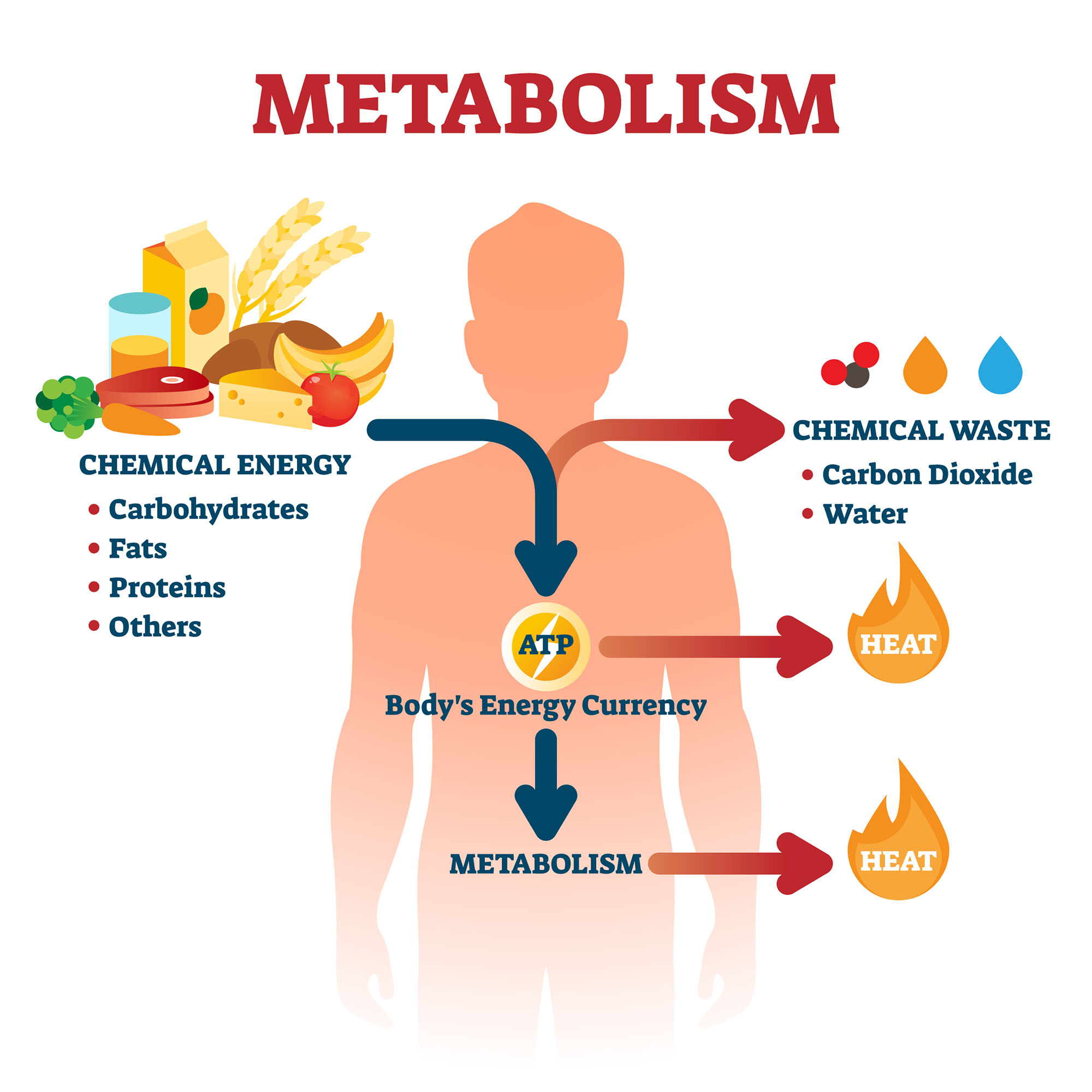The delicacy of seafood comes in many forms, from a vast array of sources, and is enjoyed in countless ways. However, like with many other culinary staples, some things about our aqueous delicacies are essential to know regarding quality, nutrition, and even safety.
My approach to covering this topic is multi-fold: firstly, to unveil the top five most nutritious seafood options, accompanied by a thorough discourse on their health benefits.
Secondly, to navigate the intricate waters of farm-raised versus wild-caught seafood, shedding light on the methods, quality, and nutritional distinctions while addressing potential hazards associated with consuming some seafood types.
Lastly, as a Culinarian Nutritionist, I would be amiss not to share some delicious and healthy recipe ideas utilizing our listed “most nutritious” seafood options.
Most nutritious seafood options:
Wild-Caught Salmon
Nutritional Overview: A 3-ounce serving delivers 1,500 mg of Omega-3 fatty acids, vital for heart health, alongside 22 grams of protein, B vitamins, and selenium. This profile supports cognitive function and reduces inflammation.
Sardines (Wild-Caught)
Nutritional Overview: Small yet mighty, a 3-ounce serving packs over 1,200 mg of Omega-3s, 23 grams of protein and is a stellar source of vitamin D and calcium, essential for bone health.
Mackerel (Atlantic, Wild-Caught)
Nutritional Overview: It offers 1,000 mg of omega-3s per 3 ounces, 20 grams of protein, and is rich in vitamin B12 and selenium, fostering heart health and energy production.
Oysters (Wild-Caught)
Nutritional Overview: Six oysters provide 300% of the daily requirement for zinc, enhancing immunity and vitamin D, B12, and selenium.
Rainbow Trout (Wild-Caught)
Nutritional Overview: When harvested from their natural habitat, a 3-ounce serving contains 1,000 mg of Omega-3s, 19 grams of protein, and ample vitamin D.
Farm-Raised vs. Wild-Caught Seafood:
Wild-caught Seafood is often heralded for its superior nutritional quality and lower environmental contaminants. These creatures thrive in their natural habitats, contributing to a diverse and rich nutritional profile. However, sustainability and environmental degradation pose significant challenges.
Farm-raised seafood, while a viable solution to overfishing, carries its own set of concerns, including the use of antibiotics, differences in diet that can alter the nutritional value of the seafood, and over-crowded live tanks that can create unsanitary living conditions.
Practices for fish farming vary significantly, with some farms implementing sustainable and health-conscious methods, making specific farm-raised options like rainbow trout (depending on region) nutritionally comparable to their wild counterparts.
Others, especially foreign sources, tend to demonstrate many more compromises in quality (Farm-raised tilapia *pictured below, is a prime example and should be avoided).

Seafood Consumption – Proceed with Caution
While nutritionally beneficial and enjoyable, consuming seafood is not without its risks. Below is a non-inclusive list of common risk factors associated with consuming certain seafood:
Mercury Contamination: Predatory fish like swordfish and king mackerel can contain high levels of mercury.
Allergic Reactions: Shellfish are common allergens that can trigger severe reactions.
Bacterial and Viral Contaminants: Raw or undercooked Seafood can harbor harmful pathogens.
Biotoxins: Certain fish can accumulate environmental toxins, leading to illnesses such as ciguatera or scombroid poisoning.
Details and examples:
Certain seafood items pose risks due to allergies, improper preparation, or mishandling, and species, including:
Shellfish (e.g., shrimp, crabs, and lobsters) – Allergenic potential.
Blowfish (Fugu) – Contains tetrodotoxin; requires expert preparation.
Swordfish – High mercury levels.
King Mackerel – Similar mercury concerns.
Tilefish (Gulf of Mexico) – Mercury contamination.
Raw shellfish (oysters, clams) – Risk of Vibrio vulnificus and other bacteria.
Scombroid poisoning from improperly stored tuna, and mackerel.
Ciguatera poisoning from tropical reef fish (e.g., barracuda, snapper).
Anisakis worm from raw or undercooked fish.
Imported catfish – May contain contaminants due to unregulated farming practices.
For the most part, the supply of commercially available seafood for U.S. consumers is considered safe. However, there are some exceptions and a few unchecked compromises in quality that I felt it beneficial to share since these perspectives are not always made easily available.
Enjoy A Few of My Favorite Nutritious Seafood Recipes:
Wild-caught salmon with a Citrus-Herb Crust
Ingredients: 4 salmon fillets (6 ounces each), zest of 1 lemon, 1 tablespoon chopped fresh dill, 1 tablespoon chopped fresh parsley, 2 tablespoons olive oil, salt, and pepper to taste.
Instructions: Preheat the oven to 400°F. Mix lemon zest, dill, parsley, salt, and pepper with olive oil. Brush the mixture over the salmon fillets. Bake for 12-15 minutes until the salmon flakes easily.
Nutrition per serving: 350 calories, 35g protein, 0g carbohydrates, 23g fat, 1,500 mg Omega-3 fatty acids.
Sardine and Avocado Toast
Ingredients: 4 slices of whole-grain bread, 1 ripe avocado, 1 can sardines in olive oil drained, lemon juice, salt, and red pepper flakes to taste.
Instructions: Toast the bread slices. Mash the avocado with lemon juice, salt, and red pepper flakes. Spread the avocado on toast, top with sardines.
Nutrition per serving: 310 calories, 20g protein, 24g carbohydrates, 17g fat, 1,200 mg Omega-3 fatty acids.
Mackerel and Roasted Sweet Potato Salad
Ingredients: 2 mackerel fillets, 2 sweet potatoes (cubed and roasted), mixed salad greens, 1 tablespoon olive oil, balsamic vinegar, salt, and pepper.
Instructions: Grill the mackerel fillets for 3-4 minutes on each side. Toss the roasted sweet potatoes and salad greens with olive oil, balsamic vinegar, salt, and pepper. Top with mackerel.
Nutrition per serving: 360 calories, 22g protein, 28g carbohydrates, 18g fat, 1,000 mg Omega-3 fatty acids.
Oysters with Mignonette Sauce
Ingredients: 12 raw oysters, shucked, ¼ cup red wine vinegar, 1 tablespoon minced shallot, 1 teaspoon cracked black pepper.
Instructions: Mix vinegar, shallot, and pepper for the sauce. Serve oysters on the half shell with a spoonful of sauce.
Nutrition per serving (3 oysters): 70 calories, 6g protein, 4g carbohydrates, 2g fat, rich in zinc and selenium.
Rainbow Trout with Almond-Brown Butter
Ingredients: 4 trout fillets (6 ounces each), ¼ cup sliced almonds, 2 tablespoons unsalted butter, 1 tablespoon lemon juice, parsley for garnish.
Instructions: In a skillet, cook trout over medium heat until golden, about 4 minutes per side. Remove and keep warm. In the same skillet, add almonds and butter, cook until almonds are golden. Off the heat, stir in lemon juice. Pour over trout, garnish with parsley.
Nutrition per serving: 330 calories, 31g protein, 1g carbohydrates, 23g fat, 1,000 mg Omega-3 fatty acids.
These recipes are designed to blend culinary delight with nutritional optimization, ensuring that each meal is not only a feast for the senses but also provides your body with factors for good health.
ENJOY!
Joe Carson B.S. NASM-CPT/FAS/CN
Master Trainer/Functional Aging Specialist/Certified Nutritionist
Age-Well Arizona
c: 480-255-2157 email: joe@agewellarizona.com
Address: 1234 S. Power Rd. Suite-201 Mesa, Az 85206 Private Services Office
Address: 801 S. Power Rd. Suite-203 Mesa, Az 85206 Performance & Education Center





